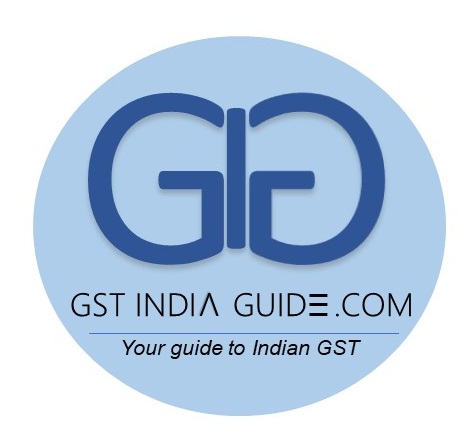The GST Council may in future decide to reduce the tax slabs under the Goods and Services Tax regime after analysing the revenue garnered and the compensation payouts to states, a top official said today.
With industry demanding lowering of proposed GST rates of 5 per cent, 12 per cent, 18 per cent and 28 per cent post the demonetisation, CBEC Chairman Najib Shah said the Centre and the states at present collect Rs 8 lakh crore from indirect taxes, minus customs duty, and the same level of revenue has to be collected in the GST regime.
Any change in tax slab is possible after assessing the revenues and the effect of exemptions and deductions given in the new tax regime and analysing it with the expenditure.
“Once we see how much money is collected from these taxes, we can certainly look at the rates. It is not cast in stone. GST Council has complete flexibility to do so and will do so I am sure,” Shah said at an Assocham event here.
In November, the GST Council, which is headed by Union Finance Minister and has state representatives, agreed on the four-slab structure along with a cess on luxury and ‘sin’ goods such as tobacco.
“The Central government has committed to compensating the states for five years. Now it is a huge burden which Central Government has cast upon itself. The underlying theme is GST will increase revenues and the need for compensation perhaps will be lesser,” he said.
Shah said that the GST Council has to take into consideration the range of products under GST and the political compulsion of every state while taxing them.
Currently VAT and excise duty on commodities ranges from 6 per cent to 300 per cent on sin goods.
“Where do we get the money from if we don’t have the flexibility to have rates. That the task of fitting a product to a rate is easier said than done. How do we still give money after giving exemptions…
“The multiplicity of rate is a necessity both economic and political. Now should we reduce that number from 5 to 3 to 2? Once we see how much money is collected from these taxes, we can certainly look at the rates,” Shah said.
Business Standard,09 December 2016
